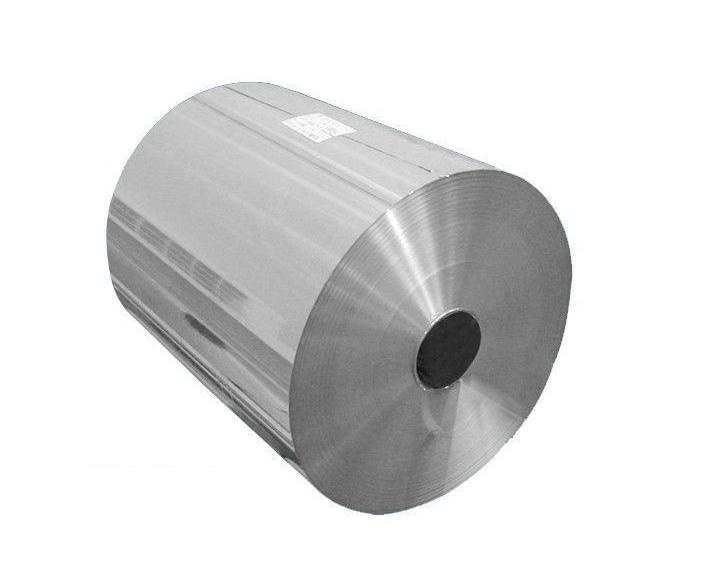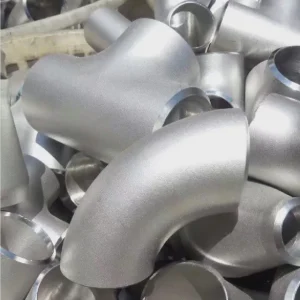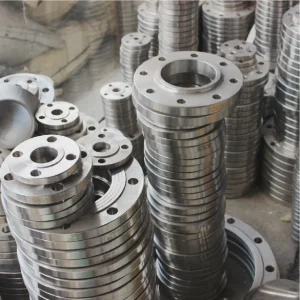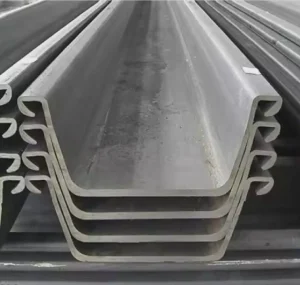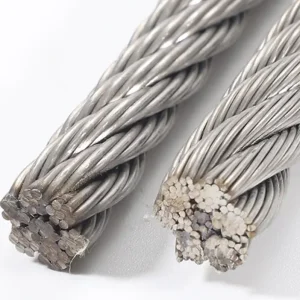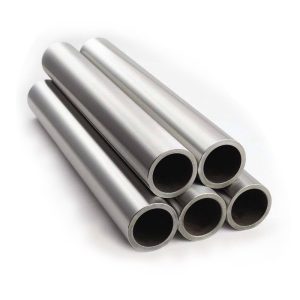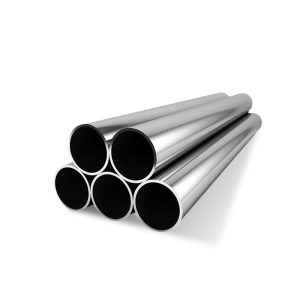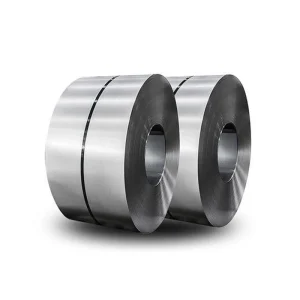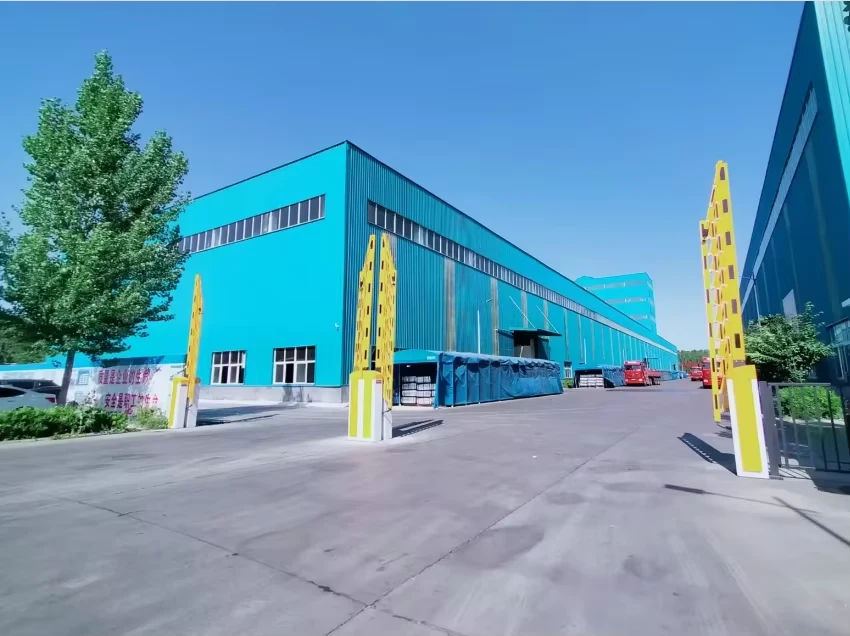Introduction: The Purity–Performance Paradox
When selecting aluminum foil for electrical or thermal applications, alloy choice matters. 1070 Aluminum Foil and 1100 Aluminum Foil are two popular grades. Yet, their slight purity differences affect conductivity, strength, and formability. In this 1070 vs 1100 Aluminum Foil comparison, we’ll:
-
Define the core challenge: balancing purity with performance
-
Present solutions: choosing the right grade for your needs
-
Illustrate with a case study from my own lab
-
Provide a side-by-side comparison table
-
Offer a step-by-step spec guide
-
Highlight common pitfalls with
-
Conclude with a practical checklist
By reading, you’ll understand exactly which foil to specify—and why.
Understanding the Alloys
What Is 1070 Aluminum Foil?
1070 Aluminum Foil contains a minimum of 99.70% aluminum. Minor alloying elements (Fe ≤0.3%, Si ≤0.35%) refine grain structure for better drawability. Its purity level delivers high conductivity—about 61.5% IACS in annealed temper . Meanwhile, it maintains adequate tensile strength (~90–125 MPa) for thin foils.
What Is 1100 Aluminum Foil?
1100 Aluminum Foil has slightly lower minimum purity (99.00%). Iron and silicon allowances (each ≤0.95%) improve formability and strength (~100–150 MPa) at the cost of a marginal conductivity drop to ~60% IACS . This makes 1100 foil versatile for packaging, heat exchangers, and certain electrical uses.
The Problem – Purity vs Conductivity Trade-Off
Manufacturers often assume higher purity always yields better conductivity. Yet pure 1070 foil is more prone to grain boundary issues during rolling, causing micro-cracks under bending. Conversely, 1100 foil sacrifices ~1.5% IACS conductivity but gains ductility, reducing tear rates in forming. To solve this, one must match alloy choice to the application's conductivity and mechanical demands.
The Solution – Alloy Selection Criteria
Electrical Conductivity Needs
-
For power busbars and capacitors, target ≥60% IACS. Use 1070 Aluminum Foil for best performance.
-
For general heat-sink fins, 1100 Aluminum Foil suffices, with slightly lower conductivity but better handling.
Mechanical Formability
-
Tight-draw forming and deep bending require higher ductility. Here, 1100 Aluminum Foil outperforms, with elongation ≥20%.
-
For simple embossing, 1070’s higher purity and thinner gages work well.
Cost Considerations
1070 alloy demands more refinement, raising cost by ~10%. If budget is tight, 1100 foil saves on raw material without drastic performance loss.
Case Study – Heat Sink Prototype
In my lab, we built two heat sinks: one from 1070 Aluminum Foil, the other from 1100 Aluminum Foil, both 0.05 mm thick. Under a 100 W load, the 1070 fins ran 2 °C cooler over one hour. However, during assembly, 1070 fins tore 15% more often, leading to 3× scrap rates compared to 1100. Consequently, we chose 1100 Aluminum Foil for mass production—balancing thermal performance and yield.
H2: Comparative Analysis Table
| Property | 1070 Aluminum Foil | 1100 Aluminum Foil |
|---|---|---|
| Minimum Al Purity (%) | 99.70 | 99.00 |
| Electrical Conductivity (IACS %) | 61.5 ± 1.5 | 60 ± 1.5 |
| Tensile Strength (MPa) | 90–125 | 100–150 |
| Elongation (%) | ≥15 | ≥20 |
| Typical Applications | Power transfer, capacitors | Packaging, heat sinks |
| Cost Index (relative) | 1.1 | 1.0 |
This table highlights trade-offs in purity, performance, and cost.
Step-by-Step Guide to Specifying Aluminum Foil
-
Define Performance Goals
Clarify thermal or electrical conductivity requirements (e.g., ≥60 IACS). -
Select Alloy
Choose 1070 Aluminum Foil for maximal conductivity. Opt for 1100 Aluminum Foil when formability or cost is priority. -
Determine Temper
Use O temper for maximum ductility. For moderate strength, select H14 or H16 tempers. -
Specify Gauge & Tolerance
Common foil gauges range 0.006–0.2 mm. Tolerances ±0.005 mm ensure uniform performance. -
Require Mill Test Reports
Demand certified Al purity, conductivity, and mechanical test results. -
Order Samples
Trial small batches in your assembly or test rig to validate performance and handling. -
Approve Production
Upon sample satisfaction, finalize volume orders with Shanxi Luokaiwei Steel Company for consistent quality.
Transition Words in Practice
Moreover, combining alloy selection with proper temper choice optimizes results. However, one must still test under real conditions. Therefore, always conduct sample trials. Meanwhile, document handling issues to refine process parameters. Consequently, production yields improve and performance targets are met.
H2: First-Person Insight
When I first specified 1070 Aluminum Foil for a capacitor project, I expected flawless conductivity. Yet, during vacuum impregnation, foils tore, halting assembly. Switching to 1100 Aluminum Foil resolved tears, and the slight conductivity drop was inconsequential. That taught me to balance purity with practical formability.
Advanced Considerations
Surface Finish & Cleanliness
Contaminants on foil surfaces reduce conductivity. Specify mill-oiled or tension-leveled finishes, and require cleaning processes (e.g., alkaline washes) before use.
Thermal Cycling Effects
Repeated expansion/contraction can fatigue foils. 1100 foil’s higher elongation aids fatigue life, while 1070 foil may crack under thermal stress.
Environmental Impact
Recycled aluminum content in both grades often exceeds 50%, reducing carbon footprint. Confirm recycled-content certificates for sustainability goals.
Practical Checklist
-
Conductivity Target established (IACS %).
-
Alloy Grade chosen (1070 or 1100).
-
Temper selected (O, H14, H16).
-
Gauge & Tolerance specified.
-
Surface Finish defined (mill-oiled, cleaned).
-
MTRs obtained (purity, conductivity).
-
Sample Trials completed.
-
Supplier Confirmed (Shanxi Luokaiwei Steel Company).
Why Partner with Shanxi Luokaiwei Steel Company
For consistent 1070 Aluminum Foil and 1100 Aluminum Foil, rely on Shanxi Luokaiwei Steel Company:
-
Strict Purity Control: Guaranteed 1070 Al ≥99.70%, 1100 Al ≥99.00%.
-
Precision Slitting: Gauges 0.006–0.2 mm, widths to 1500 mm, tolerances ±0.005 mm.
-
Temper Variety: O, H14, H16 for your forming needs.
-
Certified Quality: ISO9001, ASTM B209 compliance.
-
Technical Support: Alloy and process advice for electronics to heat sinks.
-
Competitive Pricing: Direct mill channels keep costs low.
Partner with Shanxi Luokaiwei for reliable, high-performance aluminum foils—contact us today to discuss your specifications and request samples.


